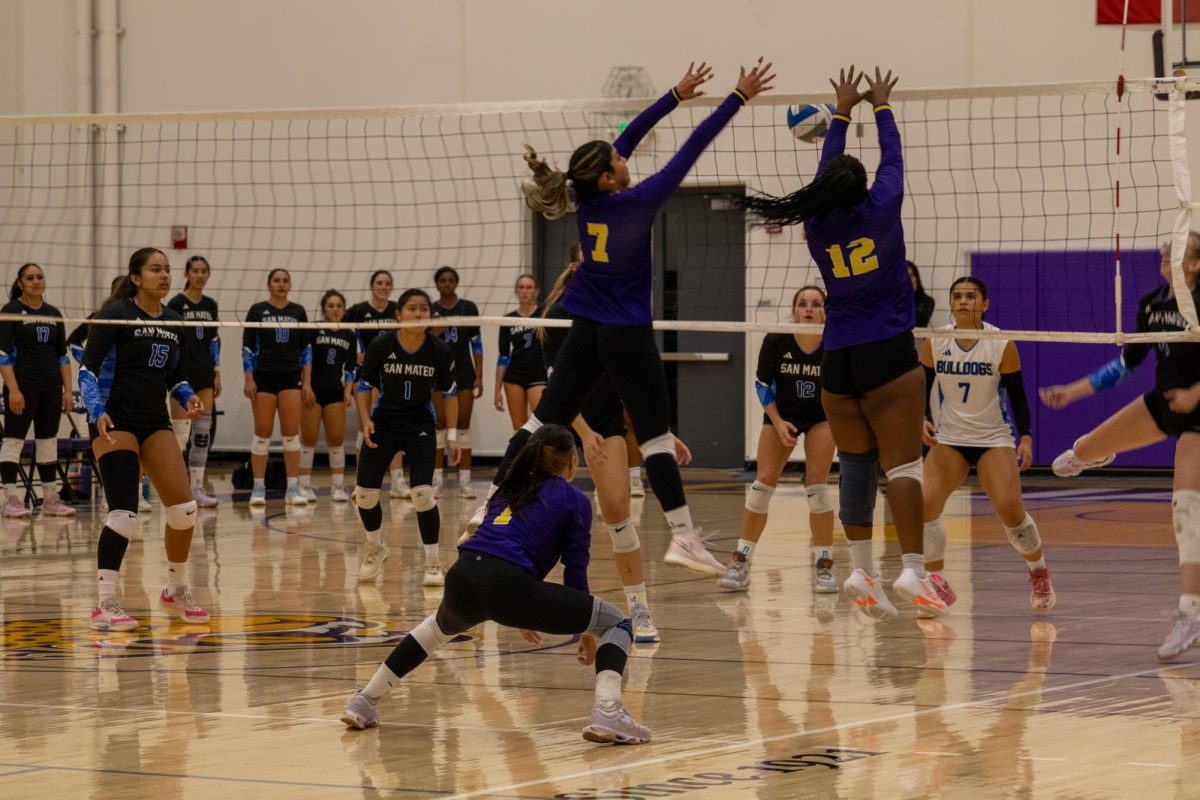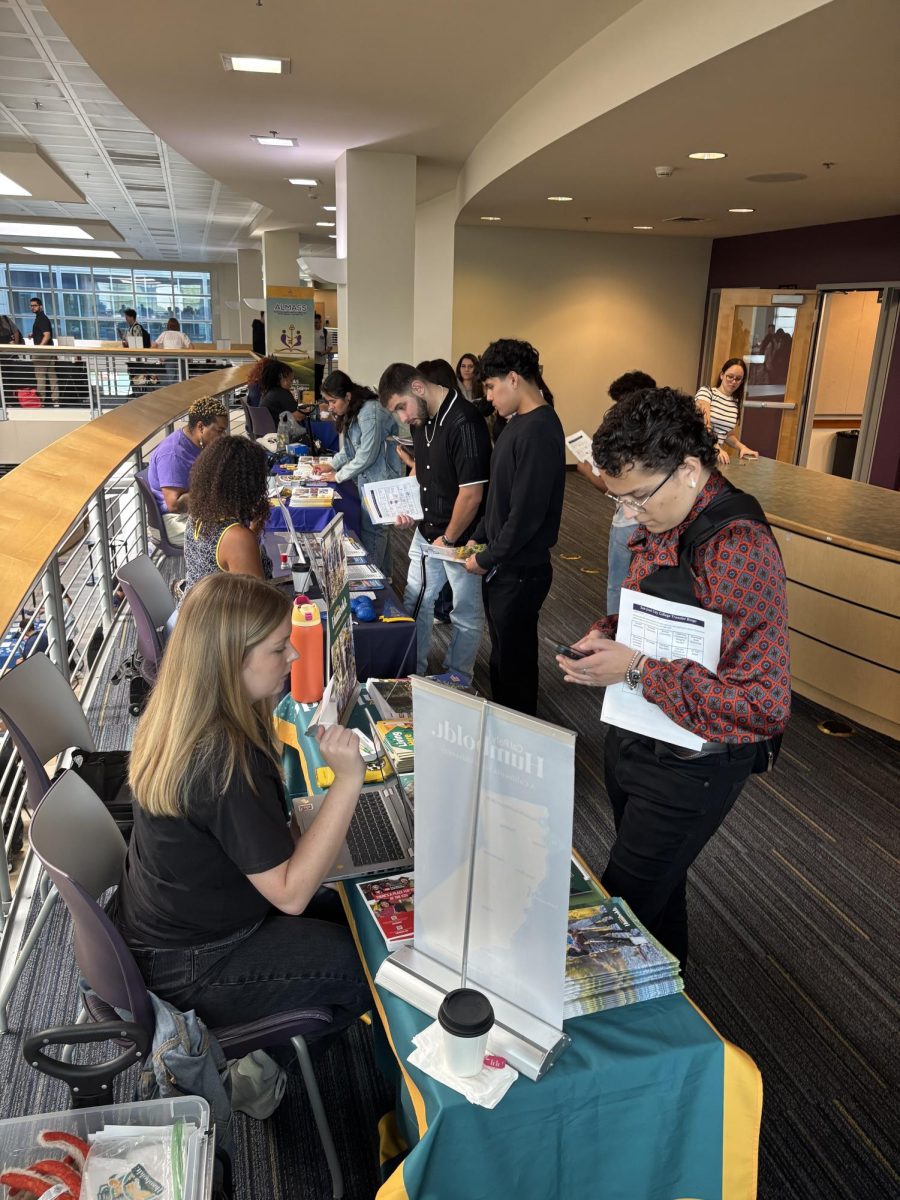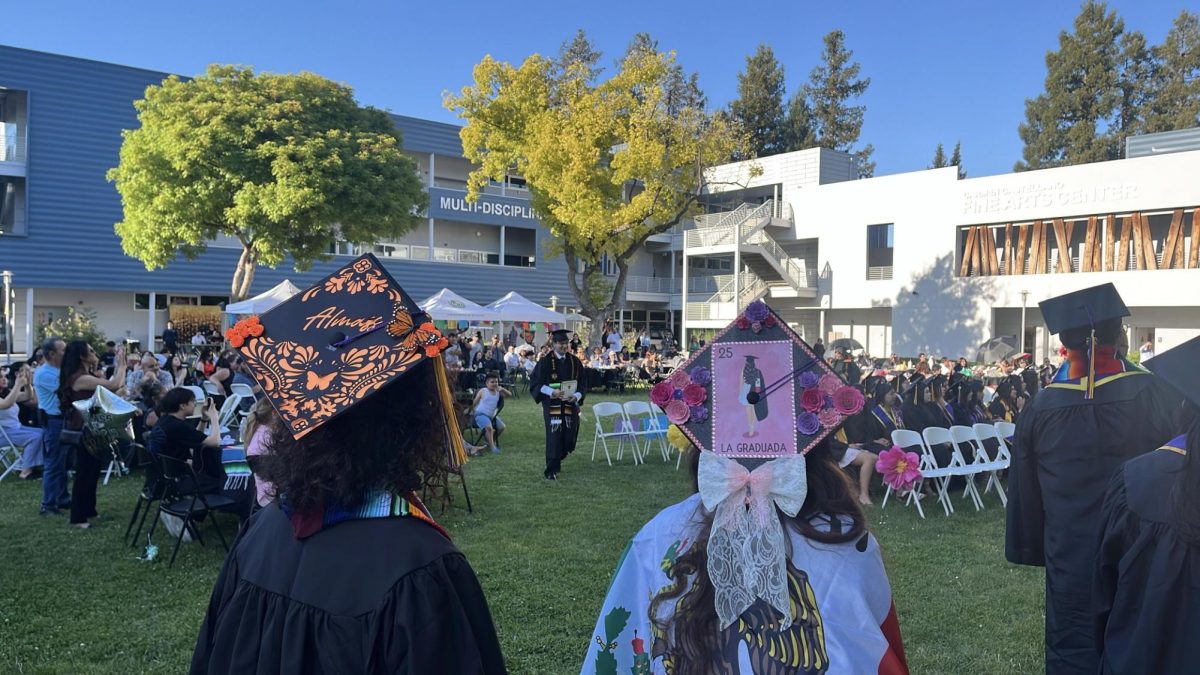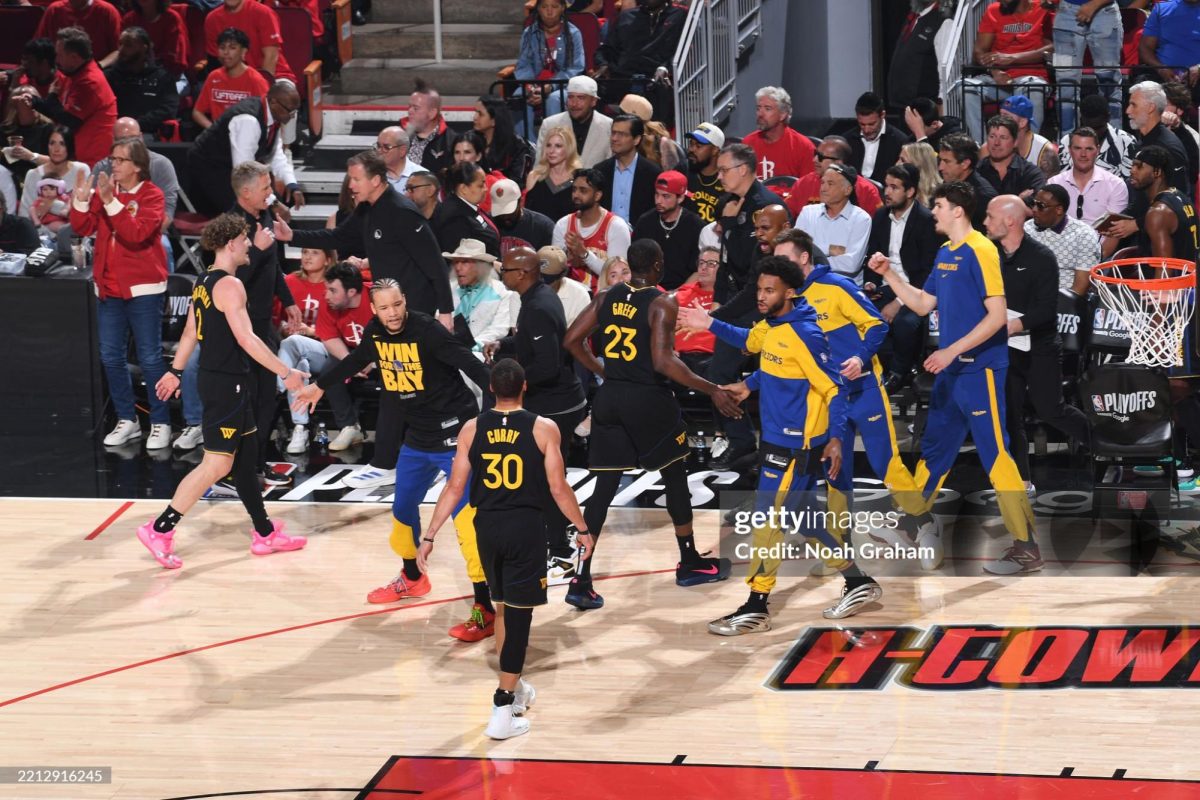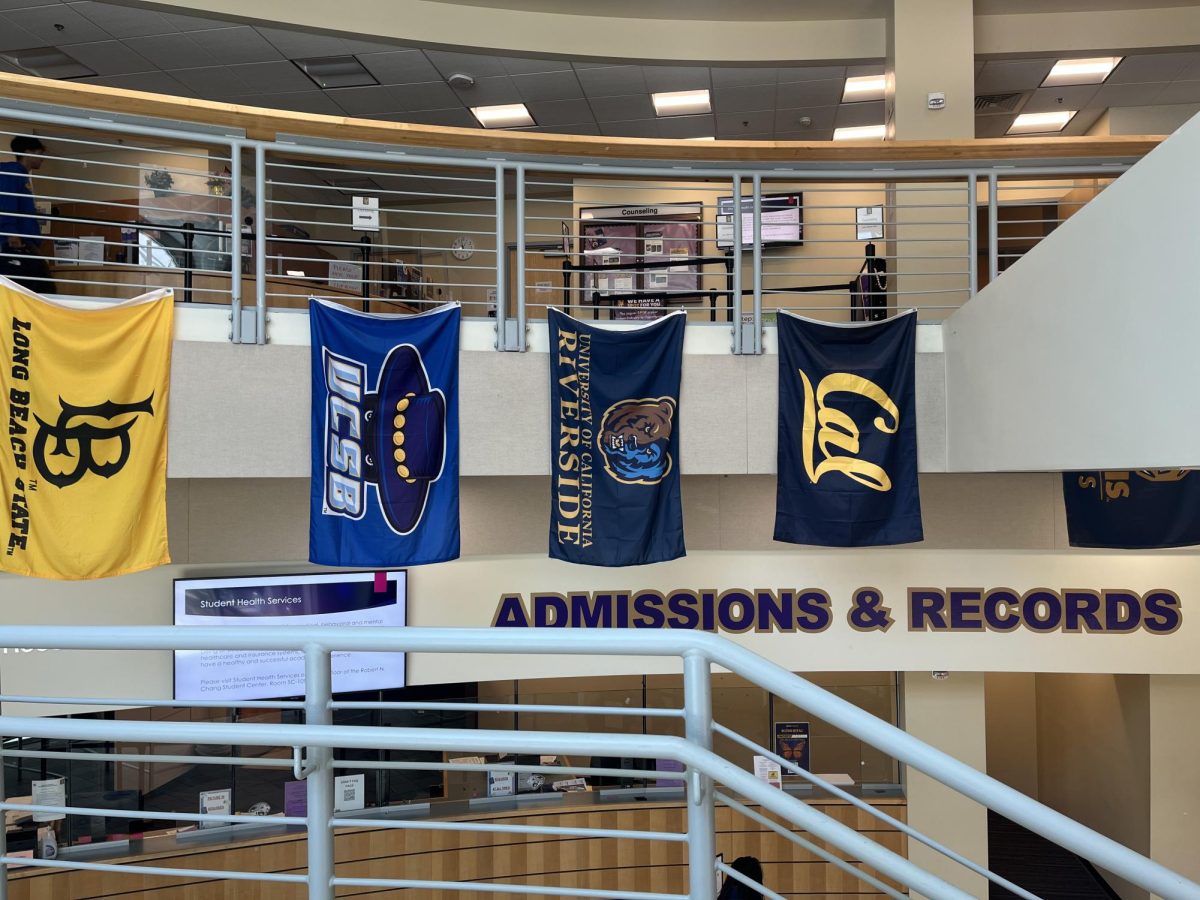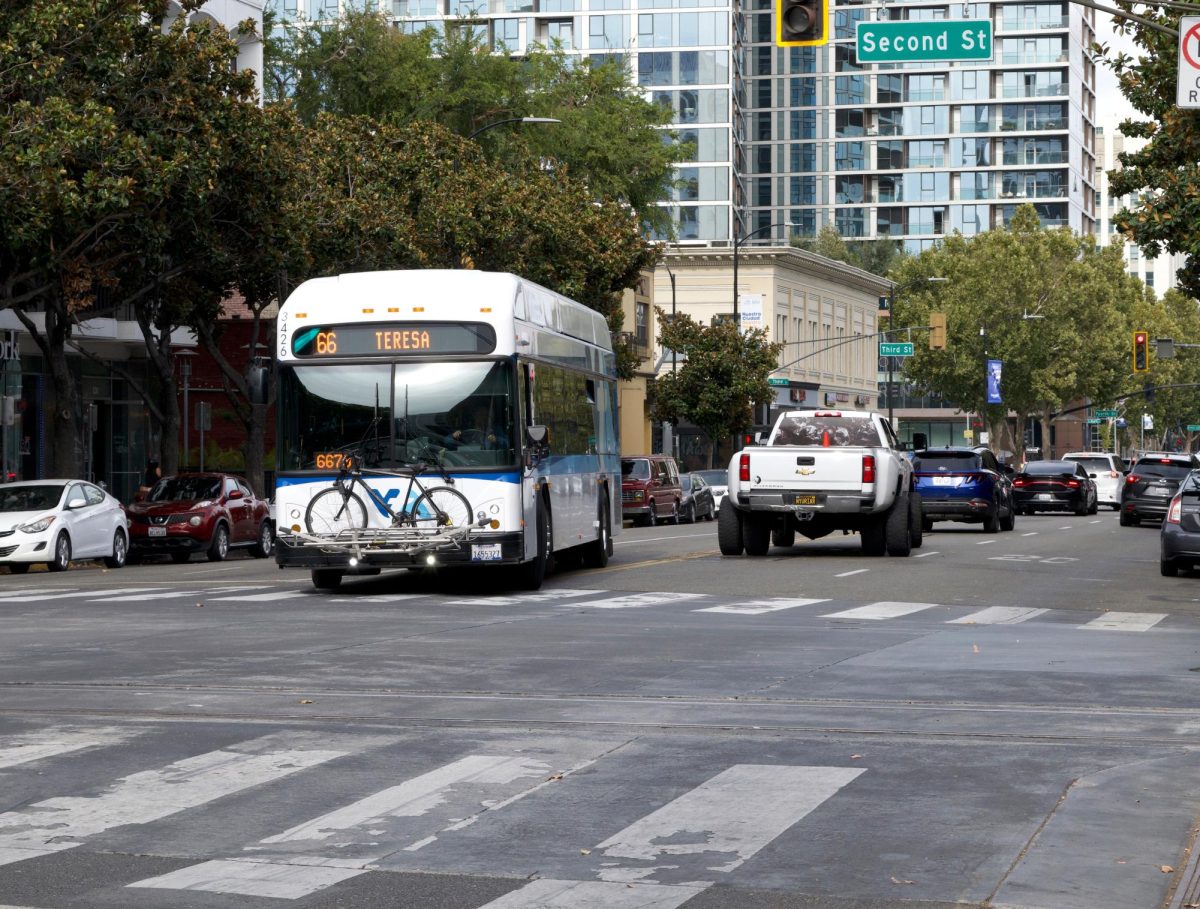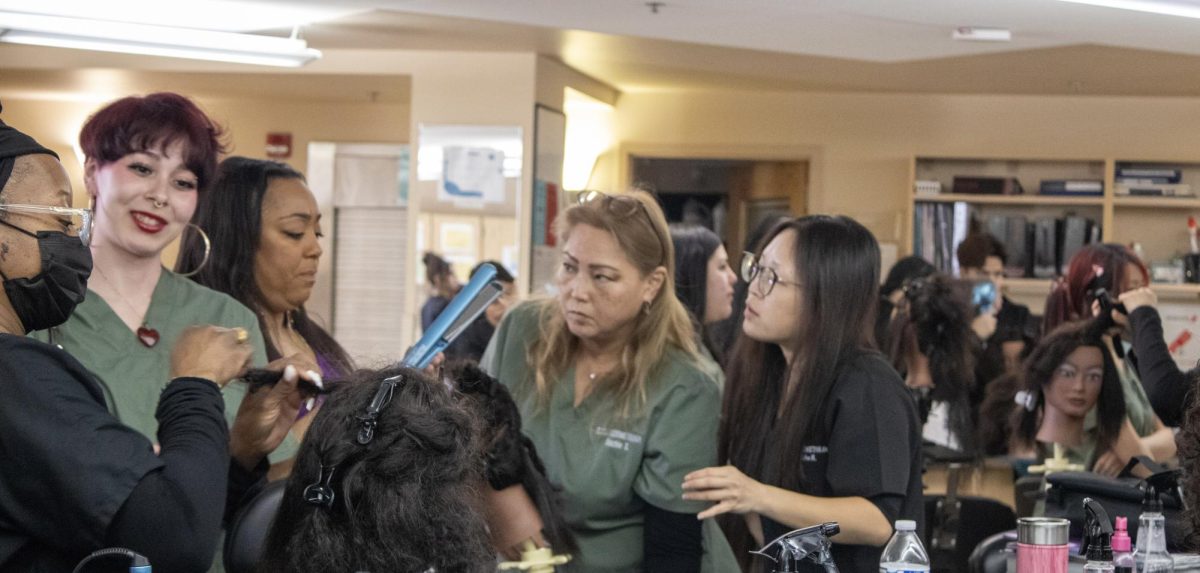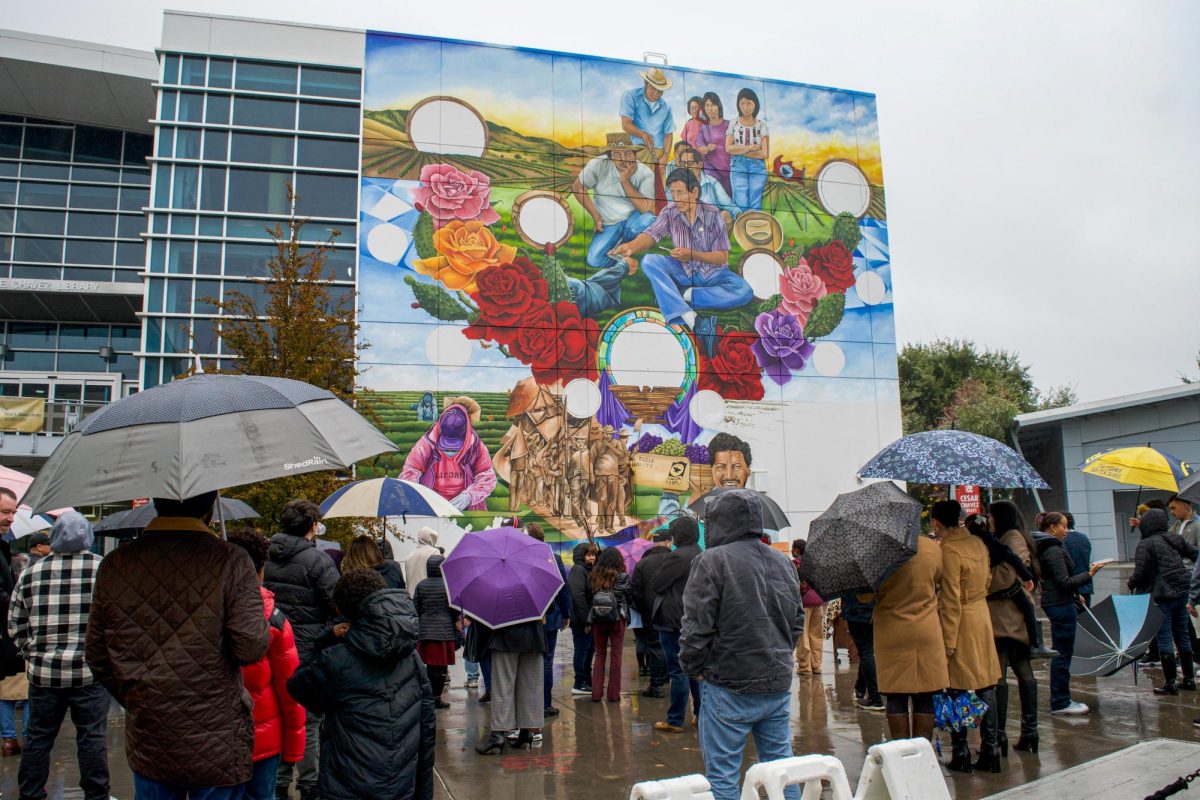Explosions, screaming victims, smoke and gunfire punctuated the sunny but cool afternoon of Sept. 28, as the active shooter simulation at SJCC unfolded.
Kim Aufhauser, special adviser for Emergency Management, California Community Colleges Chancellor’s Office presented an event that consisted of a half-day of instruction Sept. 27, followed the next day by another half-day of realistic exercises to implement what the attendees had learned.
The presenters were the Response Options team made up from various police departments and several officers from local and nearby law enforcement agencies. The purpose of the training workshop was to impart survival skills, tactics and strategies if ever confronted with an active shooter.
In some exercises, participants were in a classroom and only given a brief warning before being attacked by an active killer carrying an air gun. The first time through, the killer was able to “kill” about 70 percent. The second time, by applying the principles that were taught, the kill rate fell to 5 percent. The killer was also apprehended and neutralized by unarmed students.
The lifesaving value of clear, descriptive information was demonstrated. Instructions were given on how to secure a lock-down to provide safety, how to collectively swarm and disarm an intruder and how to distract an assailant. Time spent ducking flying objects by the killer is less time spent shooting.
On the FBI’s website, in an article by Michael E. Buerger, Ph.D., and Geoffrey E. Buerger, Ph.D., the point is made that law enforcement’s role has been redefined from an older strategy of building a perimeter and then waiting for the SWAT teams, since that does nothing immediately to stop killings that are in progress. It’s now recognized that whoever makes first contact with the shooter is responsible for neutralizing him or her without waiting for backup.
Buerger and Buerger also wrote, “… that time period between the first contact with an armed intruder on school grounds and the arrival of help. By examining this from the perspective of school personnel, they suggest that the police should be considered second responders.”
Police Chief Ray Aguirre said, “It is asinine to think that allowing guns on campus will promote safety.”
Lt. Gil Torres asked all to “spread the word” to family and friends that everyone is able to reduce their possible victimization from crimes using common sense.
For example:
- Park in well-lit areas
- Know the environment well so as to not be caught off guard.
- Lock doors and windows while away from home or car.
Historically, active shooters give plenty of warning signs. What that means to students is that if they see something wrong, such as someone carrying a rifle, they should call the police. But if there is a continuous pattern of behavior that just doesn’t seem right, tell a teacher or a dean; and an administrative crisis team will be formed to deal with that situation.

